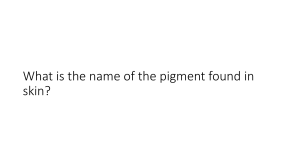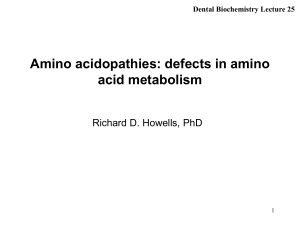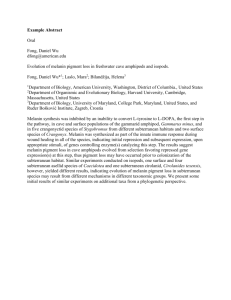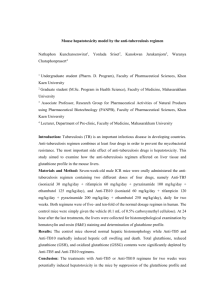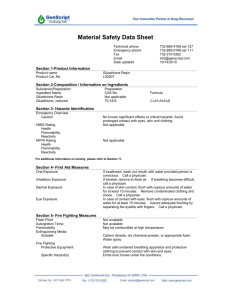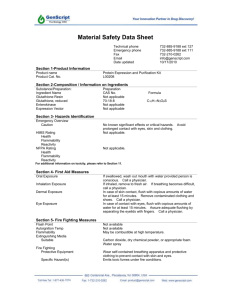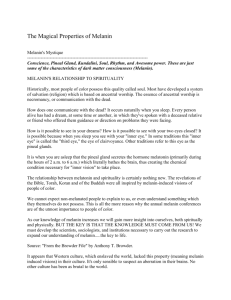Info
advertisement
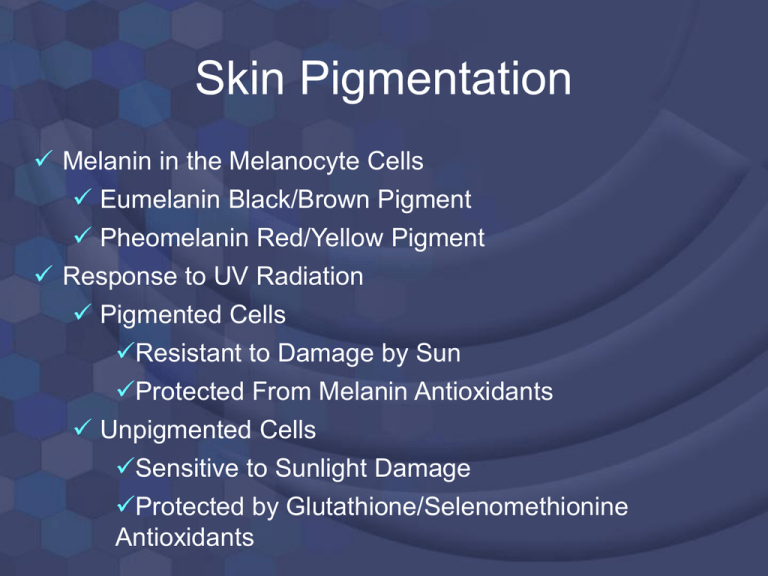
Skin Pigmentation Melanin in the Melanocyte Cells Eumelanin Black/Brown Pigment Pheomelanin Red/Yellow Pigment Response to UV Radiation Pigmented Cells Resistant to Damage by Sun Protected From Melanin Antioxidants Unpigmented Cells Sensitive to Sunlight Damage Protected by Glutathione/Selenomethionine Antioxidants DEPIGMENTATION Properties of Glutathione/Selenium • Protect Skin from UV Radiation which generate free radicals that cause skin damage and hyperpigmentation • GSH redirects synthesis to the light (Pheomelanin) instead of the dark (Eumelanin) • Inhibits enzyme tyrosinase that synthesizes dark melanins • Skin Cell’s become more resistant to UV exposure (Brigarti, 2003) (Burke, 1997) Skin Brightening Thione Complex™ lozenges with: Glutathione & Selenomethionine Plus Antioxidant Vitamins C & E And the Glutathione Depigmenting Enzymes A complement to the Skin Brightening Products Free Radical Scavenging Functions to Reduce UV Radiation to the Skin Works From Within To The Skin® Melasma Blotchy Hyper-pigmentation of Face Associated with Pregnancy Topical Therapy Hydroquinone, Retinoic Acid Thione Complex™ Oral Therapy with Glutathione/Selenium Reduces UV Radiation Impact on Affected Skin Induces Glutathione Enzymes Promotes Synthesis of Clear Melanin Inhibits Tyrosinase Enzyme that Makes Dark Melanin The Aging Skin Chrono-aging Sagging Skin Photo-aging Wrinkles and Pigmented Lesions Ultraviolet Radiation Acute: Sunburn Chronic: Oxidative Damage Pre-malignant Lesions (Keratosis, Moles) Malignancy Squamous/Basal Cells Malignant Melanoma Influence of Glutathione Levels in Melanin Synthesis Pathways to Melanin Synthesis High GSH ↓ Low GSH Eumelanin (Dark Pigment) Eumelanin (Dark Pigment) Conclusion: High GSH levels influence pathway toward the production of greater amounts of clear pigment (Pheomelanin) in skin cells
